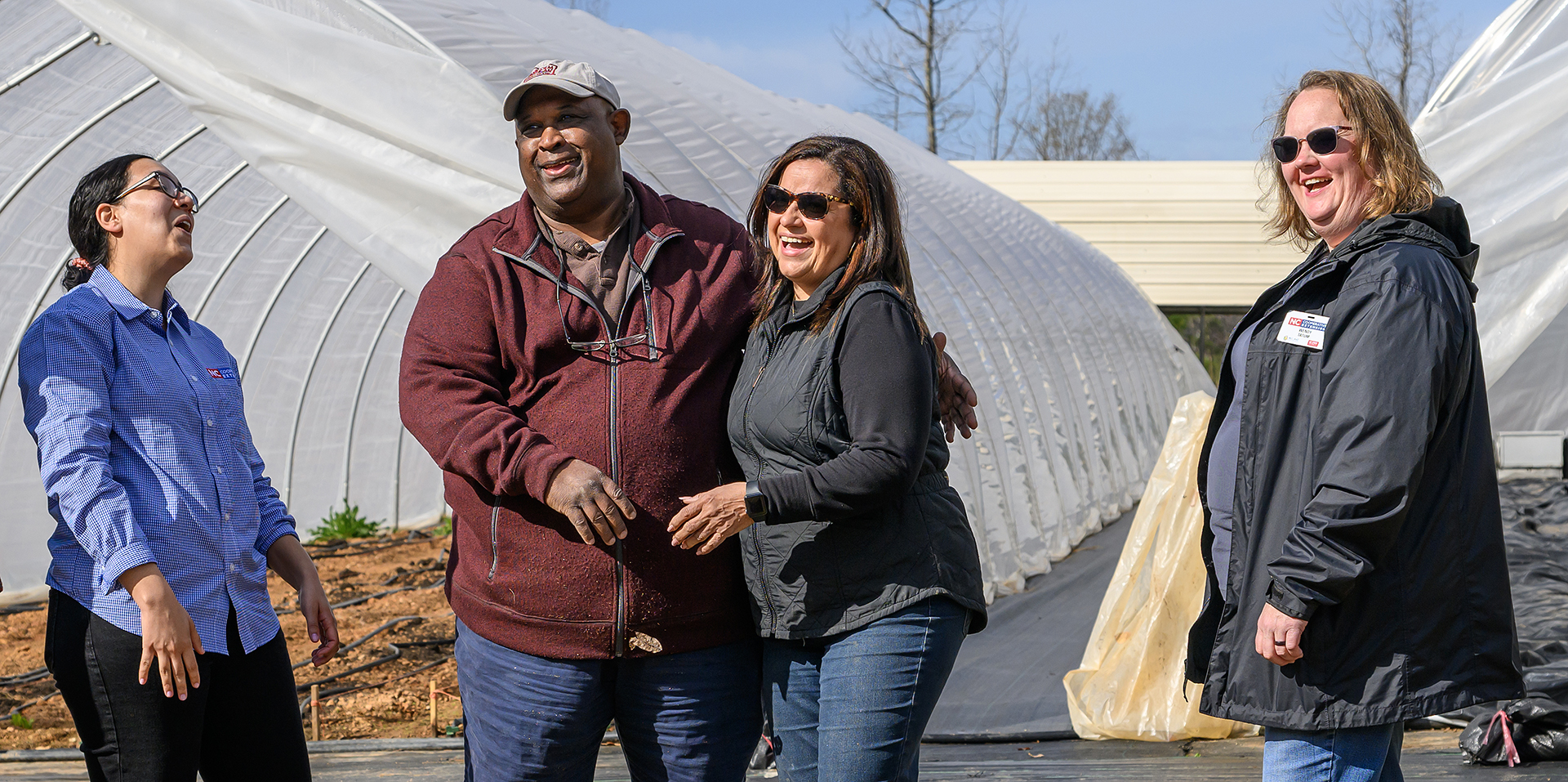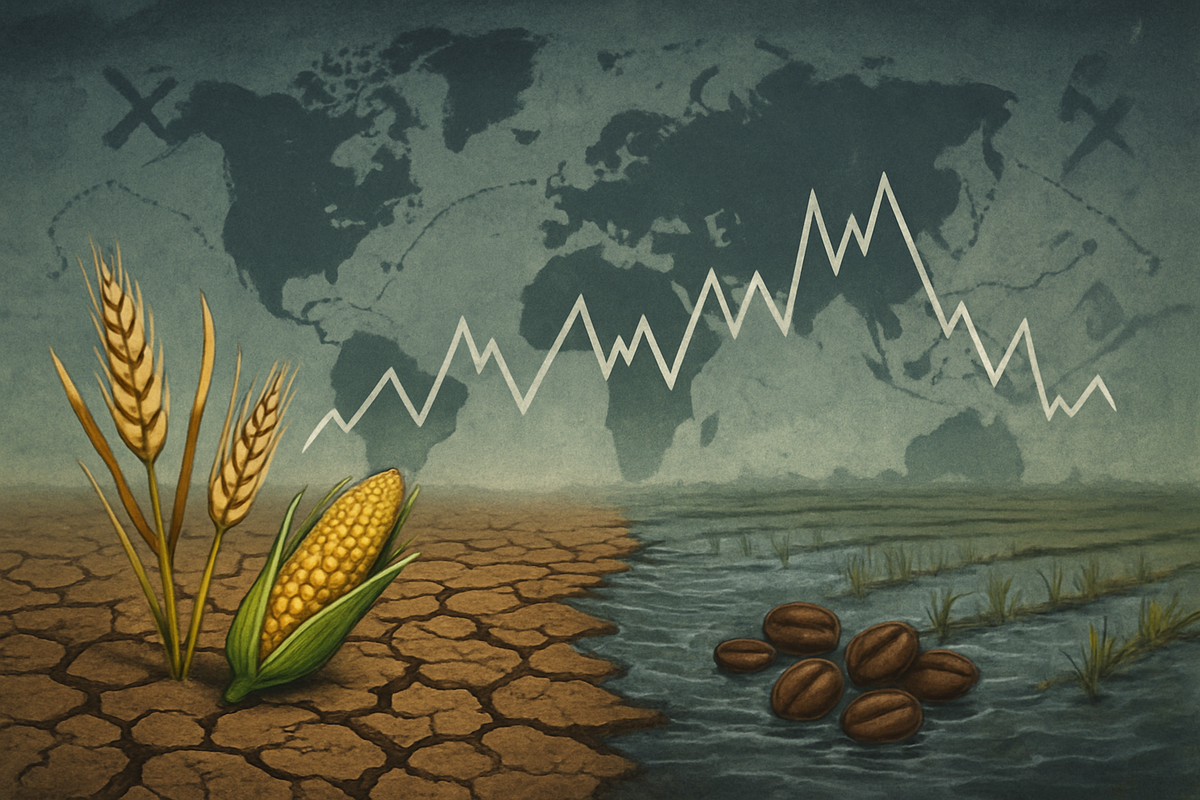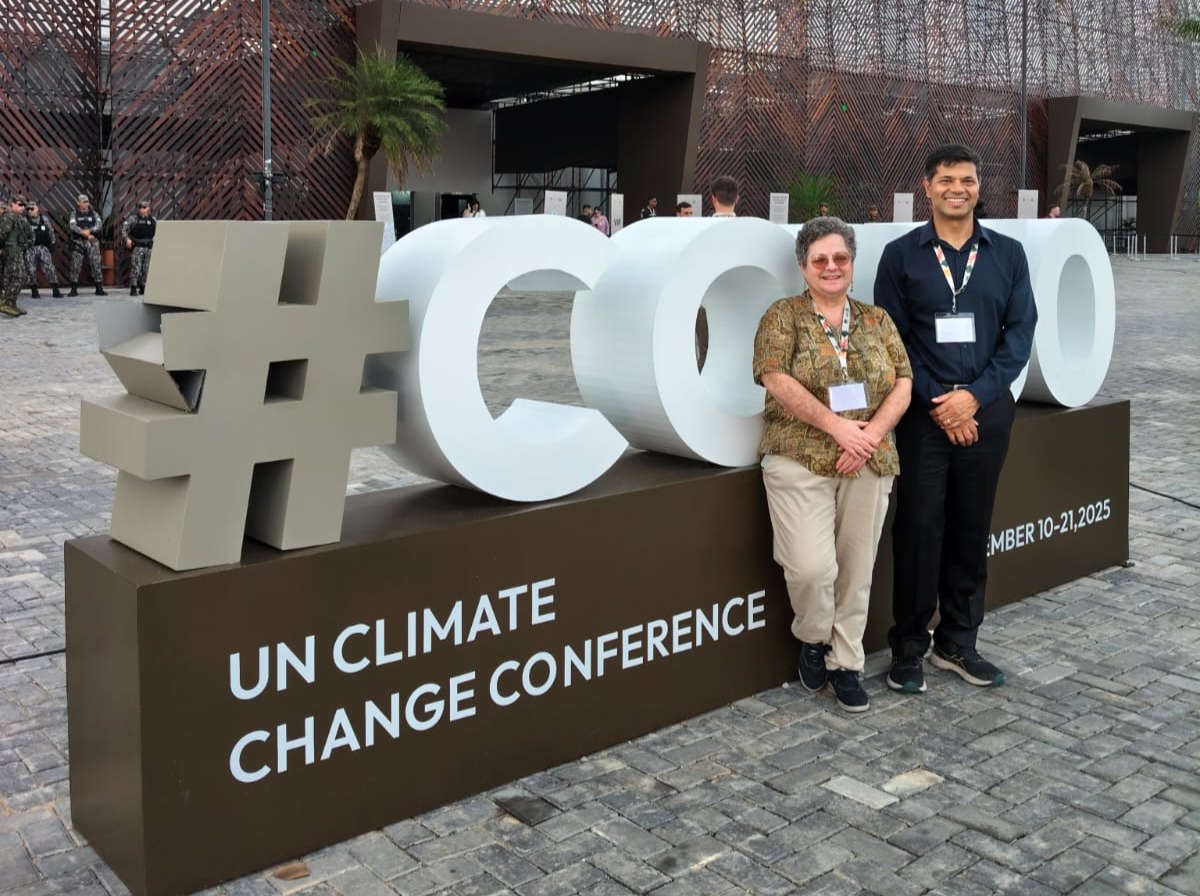Caroline County Board Proposes Compensatory Preservation Fund for Agricultural Land – CitizenPortal.ai

Report on Caroline County’s Policy for Sustainable Land Use and Renewable Energy
Introduction and Alignment with Sustainable Development Goals (SDGs)
On October 7, 2025, the Caroline County Commissioners convened to address a critical intersection of environmental and economic policy: the integration of solar energy development with agricultural land preservation. The meeting focused on establishing a legislative framework that supports the advancement of renewable energy while safeguarding vital food-producing lands. This initiative directly aligns with several key United Nations Sustainable Development Goals (SDGs).
- SDG 7 (Affordable and Clean Energy): By creating a clear pathway for solar energy projects, the county is facilitating the transition to clean energy sources.
- SDG 2 (Zero Hunger): The core objective of the policy is to protect agricultural land, thereby securing local food production capabilities and promoting sustainable agriculture.
- SDG 11 (Sustainable Cities and Communities): The policy represents a strategic approach to land-use planning that balances industrial development with the preservation of agricultural heritage and green spaces.
- SDG 15 (Life on Land): The preservation of farmland contributes to the protection of terrestrial ecosystems and helps halt land degradation.
Key Policy Decision: The Compensatory Preservation Fund
The central outcome of the meeting was the decision to establish a compensatory preservation fund. This mechanism is designed to mitigate the impact of solar development on agricultural resources, ensuring that progress toward SDG 7 does not compromise the objectives of SDG 2.
- Fund Establishment: A dedicated fund will be created specifically for the purpose of purchasing agricultural land preservation easements. These easements legally restrict land use to agriculture, permanently protecting it from other forms of development.
- Contribution Mandate: Solar developers utilizing agricultural land for their projects will be required to contribute to this fund.
- Valuation Standard: The commissioners mandated that the contribution be set at 100% of the fair market value of the land being converted. This ensures that for every acre of farmland utilized for solar energy, an equivalent value is invested back into preserving other agricultural lands within the county.
Governance and Implementation Framework
The commissioners established a governance structure to ensure the fund operates effectively and transparently, aligning with local sustainability priorities.
- Local Oversight: All expenditures from the preservation fund require the written approval of the County Commissioners. This measure guarantees local control over preservation efforts, ensuring they align with the community’s vision for sustainable development under SDG 11.
- Valuation Methodology: Concern was expressed regarding sole reliance on the Maryland Agricultural Land Preservation Foundation (MALPF) for valuation. The commissioners opted for a more localized approach to determining fair market value, better reflecting the specific agricultural context of Caroline County and enhancing the effective implementation of land preservation goals (SDG 15).
- Public Engagement: While no members of the public attended the hearing to comment, the commissioners affirmed the importance of community input. The process remains open for written comments, encouraging stakeholder participation in shaping policies that balance competing land-use demands.
Conclusion: A Proactive Model for Integrated Sustainability
The policy decisions made by the Caroline County Commissioners represent a forward-thinking approach to sustainable development. By creating a direct financial link between renewable energy expansion and agricultural preservation, the county has developed a practical framework for pursuing multiple SDGs simultaneously.
- The policy provides a replicable model for other jurisdictions seeking to balance the growth of clean energy (SDG 7) with the imperative to protect food systems and agricultural land (SDG 2).
- The establishment of the compensatory fund is a tangible commitment to SDG 15, creating a mechanism to protect terrestrial ecosystems from the pressures of development.
- Ultimately, this initiative exemplifies effective local governance in action, steering the community toward a more sustainable and resilient future as envisioned by SDG 11.
1. Which SDGs are addressed or connected to the issues highlighted in the article?
The article highlights issues that connect to several Sustainable Development Goals (SDGs) by focusing on the balance between renewable energy development, agricultural land preservation, and local governance.
-
SDG 2: Zero Hunger
This goal is relevant because the core issue discussed is the preservation of “vital farmland.” Protecting agricultural land is fundamental to ensuring long-term food security and sustainable food production systems.
-
SDG 7: Affordable and Clean Energy
The article directly addresses this goal by discussing policies related to the growth of “solar energy projects.” The county is managing the expansion of renewable energy infrastructure, which is a key component of SDG 7.
-
SDG 11: Sustainable Cities and Communities
This goal is connected through the theme of integrated land-use planning. The county is creating policies to manage development (solar farms) in a way that protects its rural and “agricultural heritage,” which is a crucial aspect of sustainable community planning.
-
SDG 15: Life on Land
This goal is addressed through the focus on protecting terrestrial ecosystems, specifically agricultural land. The establishment of a “compensatory preservation fund” is a direct action to combat land degradation (in the context of losing productive farmland) and preserve the land’s agricultural viability.
-
SDG 16: Peace, Justice and Strong Institutions
The article is a clear example of this goal in action. It describes a local government (“The Caroline County Commissioners”) developing effective and transparent policies, holding public hearings, and establishing legal frameworks (“legislation”) to manage complex local issues.
2. What specific targets under those SDGs can be identified based on the article’s content?
Based on the article’s content, several specific SDG targets can be identified:
-
Target 2.4 (under SDG 2)
“By 2030, ensure sustainable food production systems and implement resilient agricultural practices… that help maintain ecosystems… and that progressively improve land and soil quality.”
Explanation: The county’s policy of creating a fund to purchase “agricultural land preservation easements” is a direct effort to ensure the long-term sustainability of food production by legally protecting farmland from non-agricultural development.
-
Target 7.2 (under SDG 7)
“By 2030, increase substantially the share of renewable energy in the global energy mix.”
Explanation: The entire premise of the meeting is to manage the “growing demand for solar energy installations.” The policy is not meant to stop solar development but to manage its expansion, thereby contributing to an increased share of renewable energy.
-
Target 11.a (under SDG 11)
“Support positive economic, social and environmental links between urban, peri-urban and rural areas by strengthening national and regional development planning.”
Explanation: The legislation being created is a form of regional development planning that balances the environmental and economic needs of the county—specifically, the link between rural agricultural areas and the demand for energy infrastructure.
-
Target 15.3 (under SDG 15)
“By 2030, combat desertification, restore degraded land and soil… and strive to achieve a land degradation-neutral world.”
Explanation: The policy aims for a “land degradation-neutral” outcome. By requiring solar developers to contribute to a fund that will “preserve an equivalent amount of farmland elsewhere,” the county is attempting to ensure no net loss of its vital agricultural land resources.
-
Target 16.6 (under SDG 16)
“Develop effective, accountable and transparent institutions at all levels.”
Explanation: The article details the process of a local government body creating a specific, accountable mechanism—the “compensatory preservation fund”—with clear rules, such as requiring “written approval” from the commissioners for fund use. This demonstrates the development of an effective and accountable institution.
3. Are there any indicators mentioned or implied in the article that can be used to measure progress towards the identified targets?
Yes, the article mentions or implies several indicators that can be used to measure progress:
-
Financial Contribution Rate
The article explicitly states that the contribution to the preservation fund will be set at “100% of the fair market value of the land being converted for solar use.” This percentage is a specific, measurable policy indicator of the financial commitment to land preservation.
-
Amount of Land Preserved
A key outcome indicator is the amount of agricultural land preserved. The article states the fund’s purpose is to “purchase of agricultural land preservation easements” to protect an “equivalent amount of farmland.” Progress can be measured by tracking the acreage of easements purchased using the fund.
-
Area of Land Converted to Solar Use
An implicit indicator is the area of agricultural land that is being utilized for solar projects. This metric would be necessary to calculate the required contributions to the fund and to understand the scale of the development pressure on farmland.
-
Establishment of Policy and Funds
The very creation of the “compensatory preservation fund” and the associated “legislation” serves as a process indicator. It shows that the local institution has taken concrete steps to address the issue, which is a measure of progress toward Target 16.6.
-
Public Engagement
The mention of a “public hearing” and the call for residents to submit “written comments” are indicators of participatory and inclusive decision-making (Target 16.7). The number of comments received or attendees at future hearings could be used to measure the level of public engagement.
4. Create a table with three columns titled ‘SDGs, Targets and Indicators” to present the findings from analyzing the article.
| SDGs | Targets | Indicators |
|---|---|---|
| SDG 2: Zero Hunger | 2.4: Ensure sustainable food production systems and implement resilient agricultural practices. |
|
| SDG 7: Affordable and Clean Energy | 7.2: Increase substantially the share of renewable energy in the global energy mix. |
|
| SDG 11: Sustainable Cities and Communities | 11.a: Support positive links between rural areas by strengthening regional development planning. |
|
| SDG 15: Life on Land | 15.3: Strive to achieve a land degradation-neutral world. |
|
| SDG 16: Peace, Justice and Strong Institutions | 16.6: Develop effective, accountable and transparent institutions at all levels. |
|
Source: citizenportal.ai

What is Your Reaction?
 Like
0
Like
0
 Dislike
0
Dislike
0
 Love
0
Love
0
 Funny
0
Funny
0
 Angry
0
Angry
0
 Sad
0
Sad
0
 Wow
0
Wow
0



















































.jpg.webp?itok=0ZsAnae9#)

























